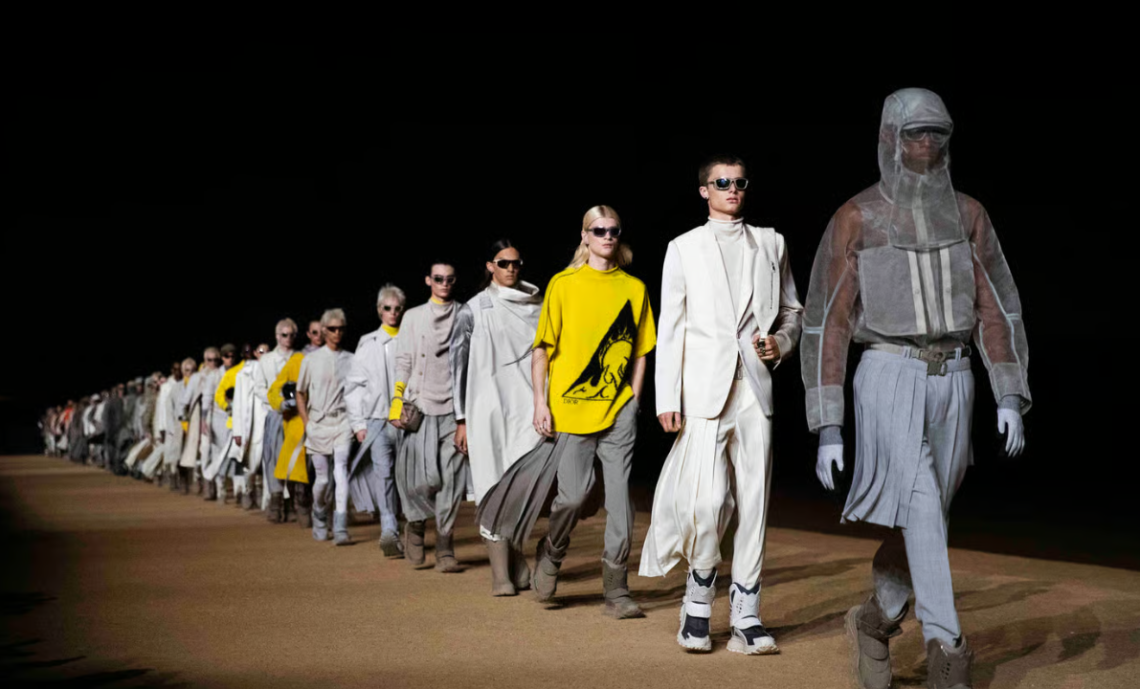As London Fashion Week (LFW) draws to a close, the city remains a beacon of creativity and innovation. However, a troubling reality lurks beneath the glamour: the exorbitant costs of runway presentations are increasingly sidelining young designers.
While the British Fashion Council (BFC) doesn’t provide specific data on the costs associated with LFW, independent designers aiming to stage a show independently face a daunting financial hurdle. Producing a runway event requires a minimum investment of £50,000 to £100,000, covering venue hire, production, models, hair and makeup, and other essential expenses that create the spectacular experiences expected by buyers and press.
Established luxury houses can absorb these costs through substantial marketing budgets, but for emerging designers, these expenses are often prohibitive. Many cite financial constraints as their primary barrier to participating in fashion week, stifling the diversity and innovation that have long defined British fashion.
The consequences are significant. Designers who manage to show at LFW typically see increased stockists and enhanced press coverage. Without access to these critical opportunities, young talents risk being overshadowed in an already competitive global landscape.
In response to these challenges, many emerging designers are embracing alternative presentation formats, such as digital showcases and intimate salon-style events. While these adaptations highlight the resilience of the UK’s fashion ecosystem, they also emphasize the need for structural changes within the industry. Addressing financial barriers at events like LFW is essential as the sector navigates sustainability and inclusivity challenges.
Fortunately, the traditional runway show is no longer seen as a mandatory aspect of Fashion Week. This shift in perspective reflects broader changes in the fashion business model. The pandemic prompted many designers to reevaluate the return on investment of extravagant presentations. The rise of digital platforms has opened up cost-effective avenues for showcasing collections, allowing designers to reach wider audiences without the prohibitive costs of traditional runway shows.
This trend is not limited to emerging designers; established brands are also reconsidering their participation in fashion weeks, opting for more intimate presentations or showcasing off-schedule. This flexibility enables brands to focus on creating thoughtful, high-quality designs while promoting financial and environmental sustainability.
The evolving landscape of fashion presentation points to a future where success is measured not by adherence to traditional formats, but by a designer’s ability to connect with their audience and produce desirable products. As the industry embraces this new paradigm, nurturing the next generation of design talent will be crucial to maintaining London’s status as a global fashion capital.


